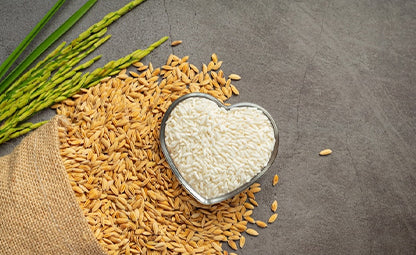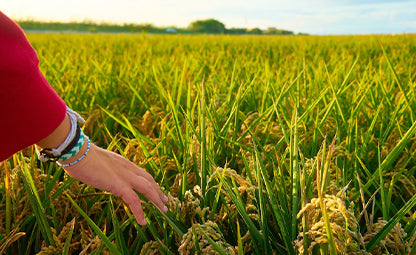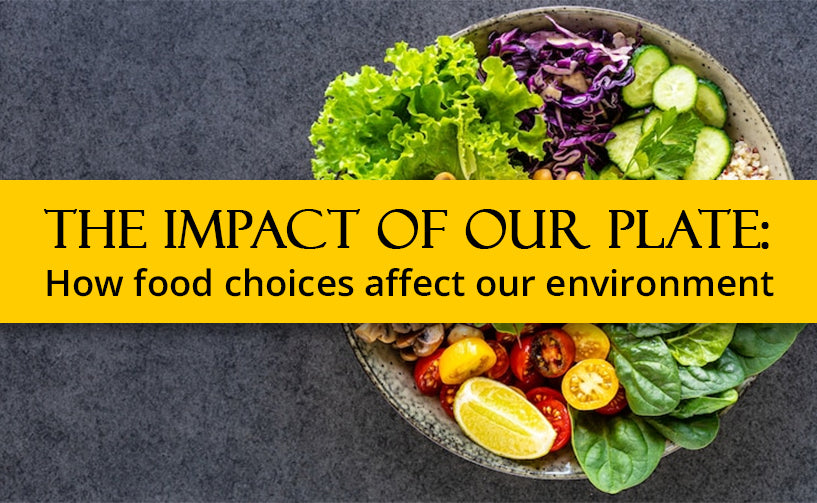Dietary choices can have a significant impact on the environment. For instance, the production of meat, particularly beef, necessitates a large amount of land, water, and energy which can lead to deforestation, water pollution, and greenhouse gas emissions.
In contrast, plant-based diets might lessen the adverse effects of food production on the environment since they require less land, water, and energy to produce. Along with dietary decisions, food waste is a significant issue that contributes to global greenhouse gas emissions, which comprise 8% of all emission levels. Eating less meat, locally grown, in-season foods, and reducing food waste can all help to reduce the environmental impact of overall food production.

How food choices affect our environment
Food choices can have a significant impact on the environment in the following ways:
- Agriculture is one of the major contributors to deforestation, habitat destruction, water pollution and loss of biodiversity. Livestock farming, in particular, often involves clearing large areas of forest for pasture or growing feed crops. Animal feed grown in monoculture systems can also use a vast amount of water and chemical fertilisers, leading to soil erosion and water pollution.
- The production of meat and dairy products is energy-intensive and requires a lot of water, land, and energy. It leads to the emission of greenhouse gases and other pollutants into the air and water.
- Industrial fishing and aquaculture can also be unsustainable and deplete fish populations disrupting marine ecosystems. Around industrial fish farms, waste from fish feed and faeces can contaminate the water and seabed, resulting in poor water & sediment quality and the destruction of natural habitat. Pesticides and chemicals have the potential to pollute the environment and harm surrounding marine life.
- Food transportation can have a significant impact as well. In the US, the average meal travels 1,500 miles (2,400 km) from farm to plate. With an increase in transportation comes an increase in carbon dioxide emissions, which accelerates global warming. About 12% of the carbon cost of the food we eat is due to food transportation.
- Food waste isn't just a humanitarian or social issue; it's an environmental one! When we waste food, we also waste all the resources needed to grow, harvest, transport, and package, including water, labour, land, and energy. Additionally, rotting food in landfills releases methane, an even more potent greenhouse gas than carbon dioxide (CO2).

How food choices in INDIA affect the environment
Similarly to other countries, Indian food choices can also impact the environment. Some specific ways in which Indian food choices can impact the environment include:
- Livestock farming is an essential component of Indian agriculture. It uses a lot of land, water, and energy contributing to deforestation, water pollution, and greenhouse gas emissions. India's livestock generates 2.98% of global greenhouse gas emissions, which are very bad for the environment.
- Rice farming is a significant part of Indian agriculture, but because it requires a lot of water, it can contribute to water scarcity. The average amount of water required to produce one kilogram of rice is 2,500 litres; Rice production consumes more than one-third of the irrigation water used worldwide. Furthermore, rice contributes to climate change, with 10% of all worldwide methane emissions coming from flooded paddy fields.
- The food packaging that holds the food is often discarded. These plastics remain in the environment and take a long time to decompose. The breaking down of plastic into microplastics can easily infiltrate the food chain. Thus, leading to bioaccumulation. It also poses environmental problems such as litter pollution, overcrowding in landfills, and greenhouse gas emissions.
- In addition, India has a comparatively high rate of food waste, with up to 20-30% of food produced going to waste, directly contributing to greenhouse gas emissions. India, like other countries, relies on food imports; this reliance, along with a lack of cold storage facilities, insufficient transportation and logistics, can result in higher food wastage.
International trade degrading the soil quality of India
International vegetable trade can critically impact the soil quality in India, specifically in areas where these crops are intensively cultivated. Some ways in which this can happen include:
- Monoculture farming: Growing the same vegetable crop over a large area can lead to a loss of biodiversity and soil health. Monoculture farming can deplete the soil of vital nutrients, making it difficult to grow crops in the future.
- Non-native vegetable: Growing non-native vegetables (bell pepper, broccoli, potato, etc.) potentially degrade soil quality if adequate management procedures are not followed. Overfarming the same piece of land, not rotating crops, and not utilising suitable fertilisers or soil additives can all cause soil damage. For preserving soil health and maintaining long-term productivity, it's critical to utilise sustainable farming practices and select crops well-suited to the local environment. It is also essential to remember that non-native plants can be invasive, causing harm to the soil's ecosystem and biodiversity.
- Chemical use: Broccoli, tomatoes, and cucumbers are a few of many international vegetable crops that rely extensively on chemical fertilisers and pesticides. These chemicals can degrade the soil quality over time, making it difficult for future crops to grow.
- Water depletion: Vegetable crops, especially those cultivated for export, will need a lot of irrigation water. This could result in a lack of water resources and severely impact soil quality.
It's important to note that not all international vegetable trade is necessarily bad for the soil quality in India, and many times it also supports local farmers to get a reasonable price for their produce.
Moreover, sustainable farming practices can be done to mitigate the negative impacts of vegetable trade on soil quality.
Environmentally friendly food choices
- Eating a plant-based diet, with less meat and dairy products.
- Choosing locally-sourced and in-season foods.
- Minimising food waste.
- Choosing sustainable packaging.
- Eating organic food.
- Avoiding processed food.
- Supporting sustainable agriculture practices.
- Eating less seafood that is overfished.
- Eating less food that has been transported over long distances.
- Supporting small and local farmers.
Bottomline
The planet has been altered by what we eat. Globally, forests have been decimated to make room for cattle raising and the cultivation of crops to feed livestock, while our oceans have been overfished and trawled to the point of extinction. In addition to being the primary cause of biodiversity loss, our FOOD CHOICES play a major role in climate change, accounting for nearly a quarter of all greenhouse gas emissions worldwide.






